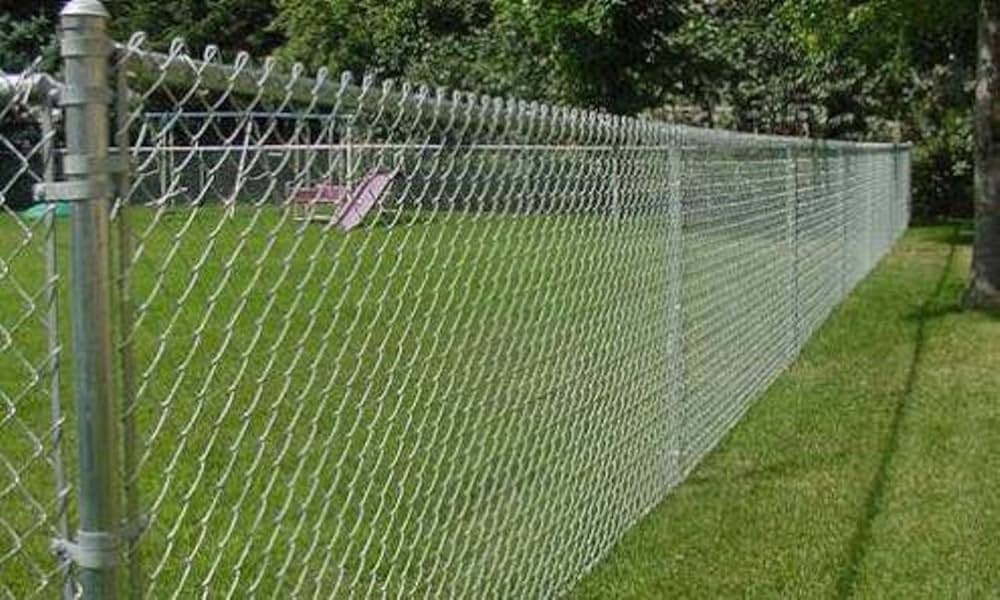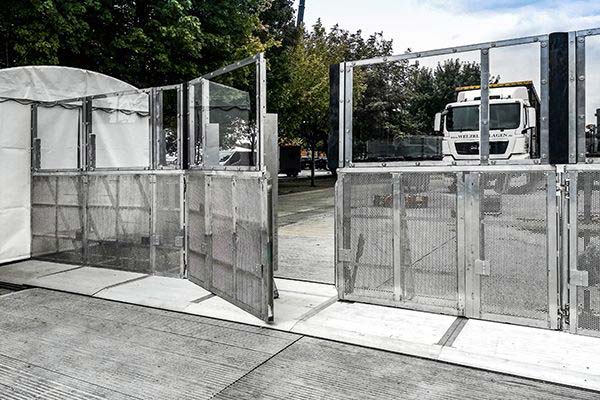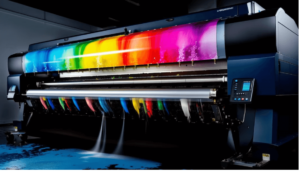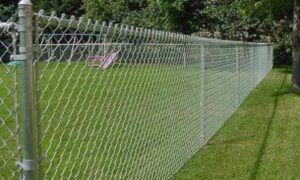Why Temporary Fencing Is Essential for Crowd Control at Large-Scale Public Events

Whether it’s a music festival, a sporting event, a parade, or a political rally, large-scale public events can quickly become chaotic without the right systems in place. One of the most overlooked yet essential elements of event planning is temporary fencing — a practical, scalable tool that plays a key role in keeping crowds safe, organised, and contained.
But why exactly is temporary fencing so important? And what makes it more effective than other types of crowd control solutions?
Let’s break it down.
1. Keeping Crowds Organised
The larger the crowd, the greater the potential for confusion. Temporary fencing acts as a physical guide that helps manage how people move through a space.
- Creating entry and exit points: Fencing can funnel foot traffic into designated areas, helping prevent people from entering or exiting in uncontrolled ways.
- Forming clear pathways: For events with multiple zones (like food areas, VIP lounges, or medical tents), fencing can direct people along the correct routes.
- Minimising bottlenecks: Strategic placement reduces the risk of dangerous crowd build-ups at gates or checkpoints.
2. Enhancing Security and Safety
One of the top priorities at any public event is safety for attendees, staff, and performers. Temporary fencing helps maintain order and security by creating visible boundaries and restricted zones.
- Perimeter control: Fencing around the event’s perimeter prevents unauthorised access and allows for easier screening at checkpoints.
- Securing off-limit areas: Backstage zones, equipment storage, and staff-only areas can be easily cordoned off.
- Emergency access routes: Clearly defined fenced pathways ensure that emergency services have unobstructed routes in and out of the event.
Temporary fencing gives security teams better control of the site while allowing for quick visual checks of crowd behaviour and potential risks.
3. Preventing Trespassing and Gate-Crashing
Every large event runs the risk of unauthorised individuals attempting to gain access, either to avoid ticketing fees or to cause disruption. Temporary fencing offers a cost-effective way to physically deter such behaviour.
- High-visibility fencing serves as a strong visual cue that the area is restricted or ticketed.
- Reinforced fencing with anti-climb features adds another layer of deterrence, especially for events where crowd density is high.
- Fencing with screening materials (such as mesh or banners) can also reduce line-of-sight, making it less tempting for outsiders to breach the barrier.

4. Managing Vehicle Access
In events that involve equipment, catering, staff vehicles, or emergency services, temporary fencing can also be used to separate pedestrian areas from roadways and parking zones.
- Designated vehicle routes keep moving vehicles away from dense crowd zones.
- Controlled vehicle entry points ensure only authorised personnel can access restricted spaces.
- Barrier fencing can help create holding zones for delivery trucks or emergency response vehicles, without risking pedestrian interference.
This separation reduces the chances of accidents and creates a safer, more efficient flow of activity behind the scenes.
5. Supporting Brand Visibility and Signage
Modern temporary fencing can also be used for more than just security. It can become part of the event experience.
- Fencing covers and mesh banners can display sponsor logos, event branding, or directional signage.
- Printed fencing wraps help improve the aesthetics of an event while still performing their crowd-control function.
- Information banners placed on fencing help guide attendees and reduce confusion at large venues.
This adds value to sponsors and improves the overall visitor experience without requiring additional structures or installations.
6. Quick Setup and Flexibility
One of the biggest advantages of temporary fencing is its flexibility. Unlike permanent fixtures, it can be set up, moved, or removed with minimal hassle.
- Modular design allows event organisers to customise layouts based on the size and shape of the venue.
- Lightweight materials make it easy to reposition as crowd flow changes.
- Rapid deployment ensures fencing can be installed on short notice — perfect for pop-up events or late-stage planning changes.
This adaptability makes it ideal for events that evolve over multiple days or across different venues.
7. Cost-Effective Crowd Control
Hiring security personnel to manage crowds manually can get expensive fast. Temporary fencing provides a reliable physical boundary at a fraction of the cost.
While it doesn’t eliminate the need for trained staff, it reduces the number of people needed for passive monitoring and can prevent issues from occurring in the first place.
Final Thoughts
Large-scale public events can be unpredictable, but that doesn’t mean they have to be unsafe or disorganised. With the right temporary fencing strategy in place, event organisers can dramatically improve safety, security, and the overall experience for everyone involved.
It’s not just about keeping people out; it’s about guiding them in the right direction, managing space efficiently, and reducing potential risks. Whether you’re planning a music festival, a community fair, or a high-profile public gathering, temporary fencing isn’t just a convenience — it’s essential.








